Archives
- 2025-12
- 2025-11
- 2025-10
- 2025-09
- 2025-04
- 2025-03
- 2025-02
- 2025-01
- 2024-12
- 2024-11
- 2024-10
- 2024-09
- 2024-08
- 2024-07
- 2024-06
- 2024-05
- 2024-04
- 2024-03
- 2024-02
- 2024-01
- 2023-12
- 2023-11
- 2023-10
- 2023-09
- 2023-08
- 2023-06
- 2023-05
- 2023-04
- 2023-03
- 2023-02
- 2023-01
- 2022-12
- 2022-11
- 2022-10
- 2022-09
- 2022-08
- 2022-07
- 2022-06
- 2022-05
- 2022-04
- 2022-03
- 2022-02
- 2022-01
- 2021-12
- 2021-11
- 2021-10
- 2021-09
- 2021-08
- 2021-07
- 2021-06
- 2021-05
- 2021-04
- 2021-03
- 2021-02
- 2021-01
- 2020-12
- 2020-11
- 2020-10
- 2020-09
- 2020-08
- 2020-07
- 2020-06
- 2020-05
- 2020-04
- 2020-03
- 2020-02
- 2020-01
- 2019-12
- 2019-11
- 2019-10
- 2019-09
- 2019-08
- 2018-07
-
The mechanisms by which coregulators control the actions
2019-12-02
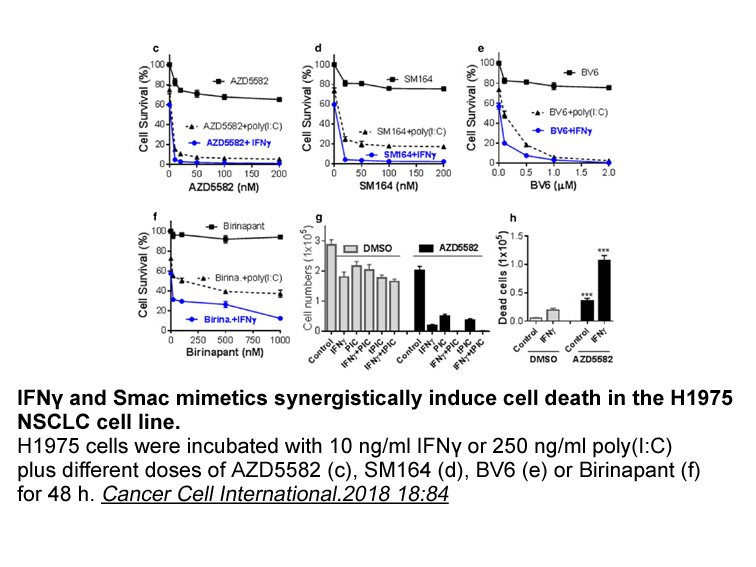
The mechanisms by which coregulators control the actions of estrogen receptors are still a topic of ongoing research. From studies in cancer cells, we have learned that a large group of coregulators have specific structural motifs that than affect their contact with ER ligand-binding domains (Heery,
-
Current therapeutic protocols in OS and
2019-12-02
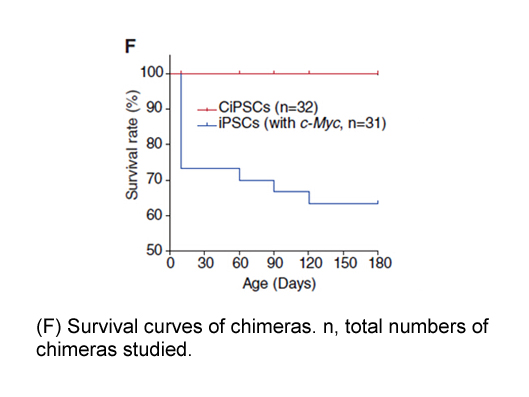
Current therapeutic protocols in OS and ES consist of neoadjuvant chemotherapy and local surgical resection, followed by adjuvant chemotherapy. These treatments lead to a 70% overall survival for localized disease but can decrease to 15% in case of metastasis. With CS being resistant to conventiona
-
Global inhibition of integrin signaling with EDTA here sugge
2019-11-30
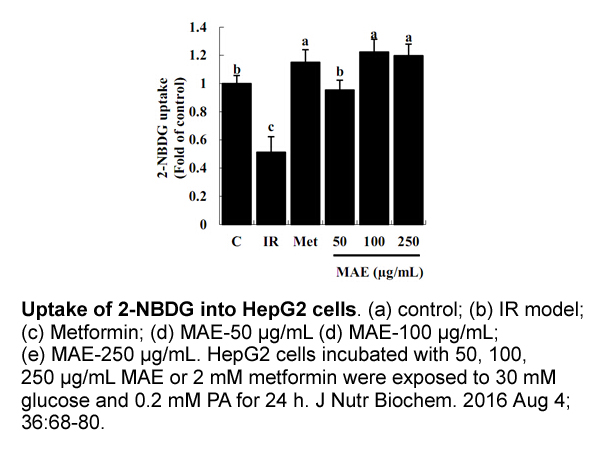
Global inhibition of integrin signaling with EDTA here suggests that integrin signaling potentially cooperates with DDR2 in collagen induction of lysyl oxidase. This notion is supported by a recent study that shows DDR2 cooperation with specific integrins in cell adhesion to collagen [47]. It is of
-
One specific brain region that may
2019-11-30

One specific 3\'-O-(2-nitrobenzyl)-2\'-dATP region that may be involved in the reduction of anxiety after anti-SVG-30 treatment is the lateral septum which contains a high density of CRF2 receptors [5], [44]. The lateral septum often exhibits increased immediate early gene expression in response to
-
The enzyme cyclooxygenase COX or
2019-11-30
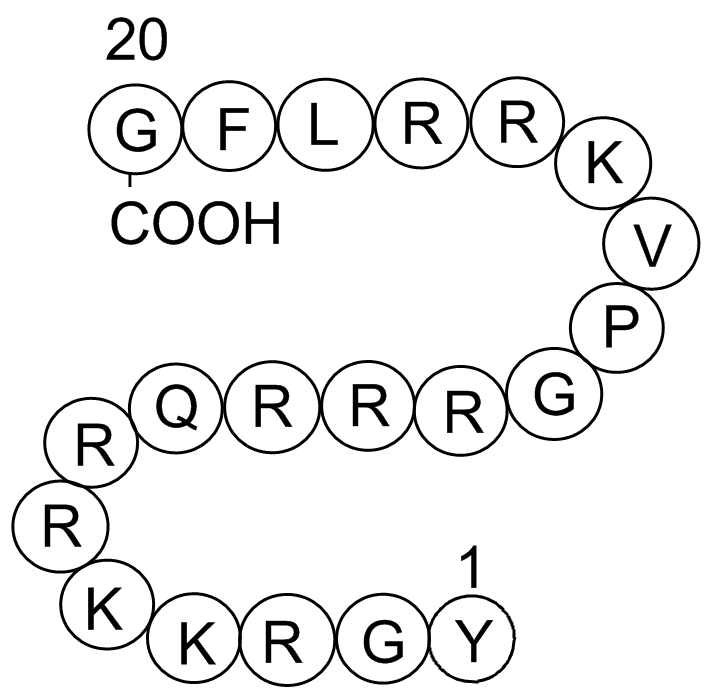
The enzyme cyclooxygenase (COX) or prostaglandin endoperoxide H synthase (PGHS) is the key enzyme in the conversion of arachidonic JIB-04 (AA) into prostaglandins (PGs) [1]. In 1991, researchers found that there were two isoforms of this enzyme called COX-1 and COX-2 with independent genes and diff
-
br Conclusion br Acknowledgement The project was supported b
2019-11-30

Conclusion Acknowledgement The project was supported by National Natural Science Foundation of China, China (No. 31872535); Natural Science Foundation of Shandong Province, China (ZR2018MC027, ZR2016CQ29); and Funds of Shandong \"Double Tops\" Program, China. Introduction High-altitude hyp
-
br Experimental br Declaration of
2019-11-30
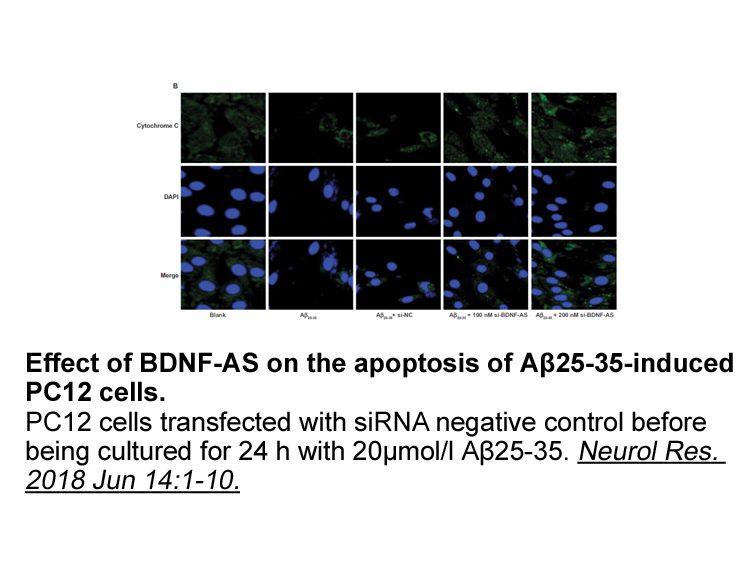
Experimental Declaration of interest Introduction Material and methods Results and discussion Conclusion By screening the NMR erk inhibitors library an initial hit was found for an inhibitor of the PPI between the α-β subunits of CK2 with an IC50 of 900 μM. This compound was modif
-
In addition to carbamates organophosphates are
2019-11-30

In addition to carbamates, organophosphates are classic inhibitors of cholinesterases. Previous studies with aquatic organisms have demonstrated their sensitivity to such chemicals. For example, individuals of the freshwater fish Colossoma macropomum exposed to the organophosphate dichlorvos, chlorp
-
br Acknowledgements br Introduction L
2019-11-30
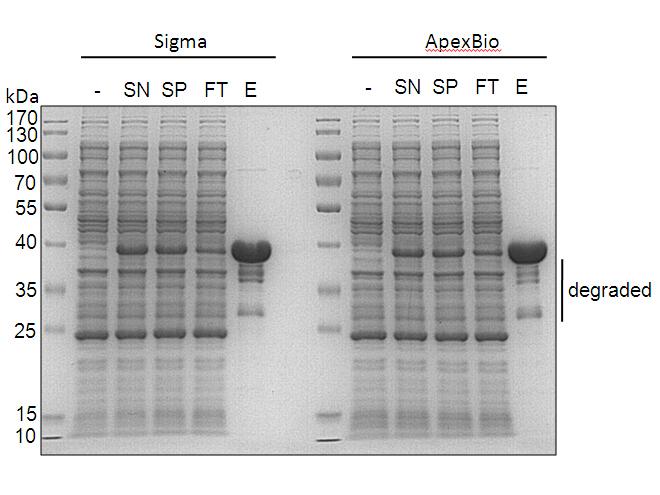
Acknowledgements Introduction α-L-Rhamnosidases (EC 3.2.1.40) are glycosyl hydrolases (GHs) that cleave terminal α-l-rhamnose from a large number of natural products [1]. The action of α-L-rhamnosidases (α-RHAs) has been reported, among others, on different complex substrates such as heteropol
-
br Disclosure statement br Acknowledgment This
2019-11-30
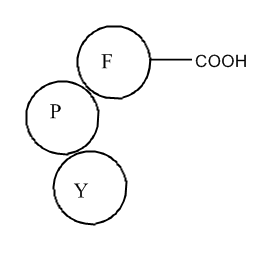
Disclosure statement Acknowledgment This work was supported by the National Natural Science Foundation of China (81270704, 81330018). Background Over-expression of cyclooxygenase-2 (COX-2) is common in many malignancies including non-small cell lung cancer (NSCLC) and is associated with po
-
The nitrophenols b d were prepared
2019-11-30

The nitrophenols 34b–d were prepared as described in Scheme 3b. Nitration of phenols 39b–d with 1equiv of sodium nitrate in the presence of hydrochloric HBX 41108 mg gave an inseparable mixture of 34b–d and 40b–d (1:1). This synthetic problem was successfully avoided as described below. Nitration o
-
Western blotting and flow cytometry was employed to assess
2019-11-30

Western blotting and flow cytometry was employed to assess the DNA-PK inhibition of LTU28 and LTU31 in combination with radiation. It has been previously reported that phosphorylation of DNA-PKcs at the Thr2609 cluster plays an important role in DSB repair and resistance to radiation (Ding et al.,
-
DGK deficiency caused a significant increase in
2019-11-30
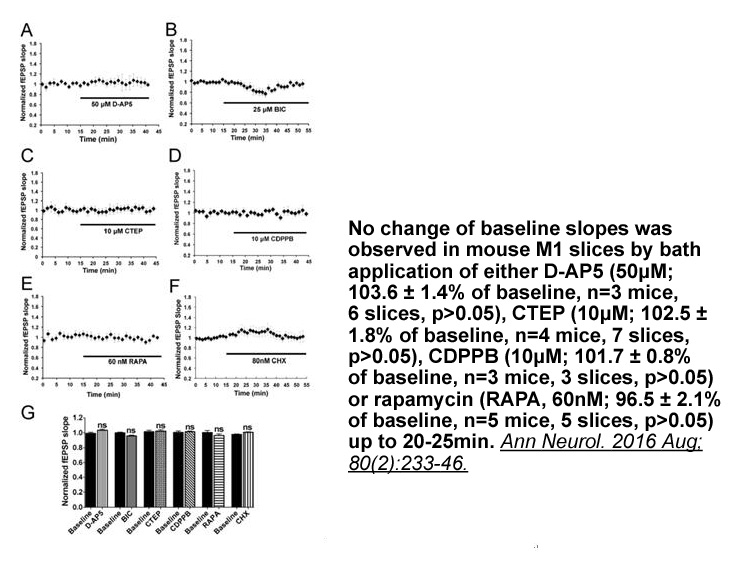
DGKδ deficiency caused a significant increase in the SERT protein level, but its mRNA level was not affected (Fig. 1). These results suggest that SERT protein stability is directly reduced by interaction with the DGKδ protein. In contrast, DGKδ deficiency regulated both TPH-2 and MAO-A protein and m
-
Carbamate and OP insecticides are still among the most
2019-11-29

Carbamate and OP insecticides are still among the most widely used pesticides in the world [151]. In 2012, the OP insecticides chlorpyrifos and acephate were ranked 14th and 22nd overall in estimated amounts of agricultural pesticides used in the US. The carbamate insecticide carbaryl and the OP ins
-
Finally we assessed the utility
2019-11-29
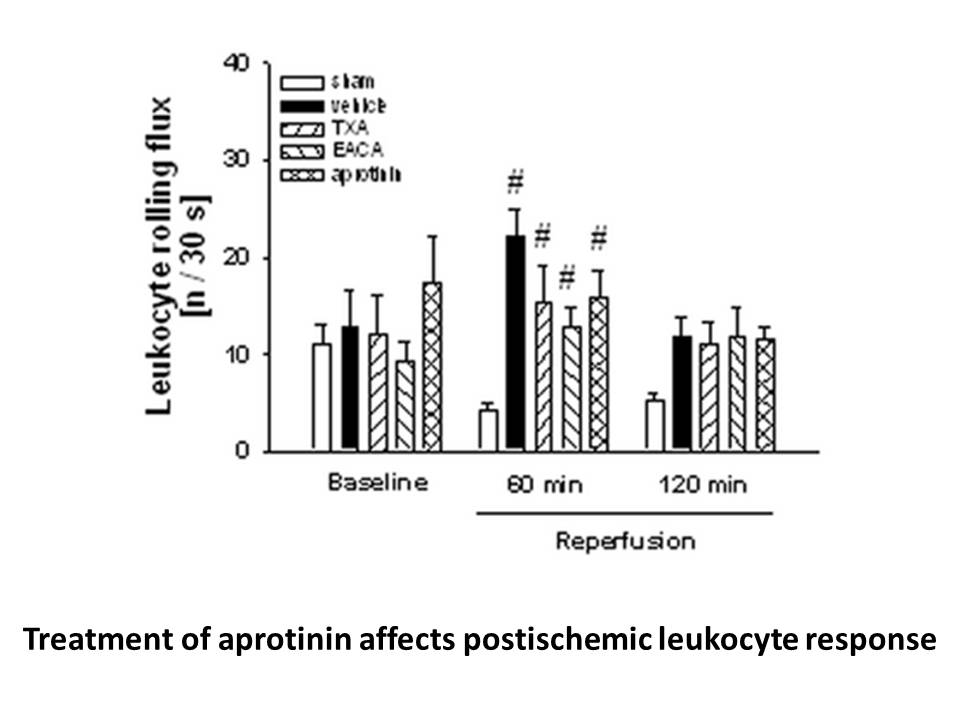
Finally, we assessed the utility of monitoring cfDNA in terms of predicting disease progression earlier than radiological progression. These patients may have a chance to receive subsequent chemotherapy before worsening symptoms. Although the number of the patients who experienced progression was re
14286 records 904/953 page Previous Next First page 上5页 901902903904905 下5页 Last page